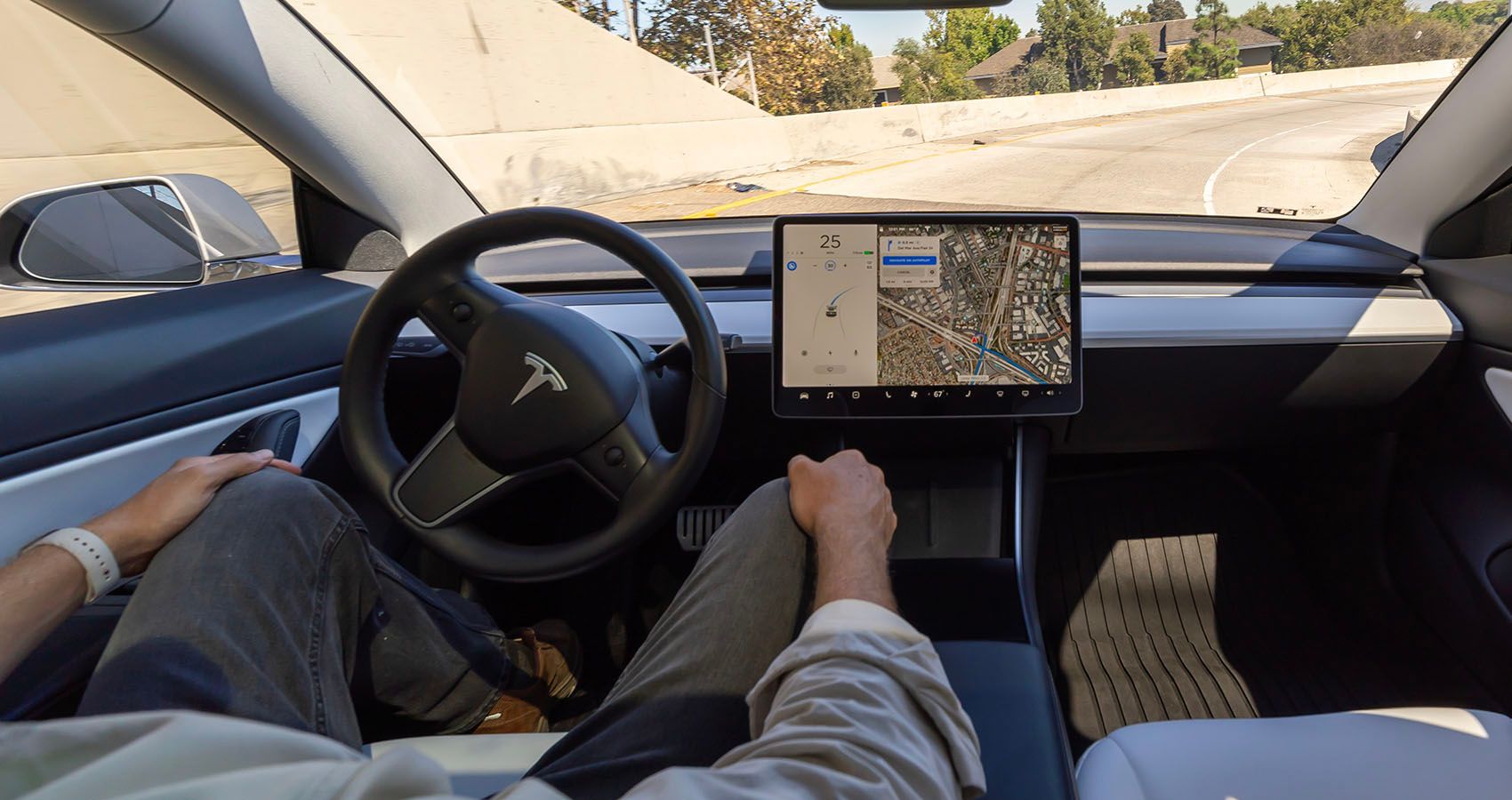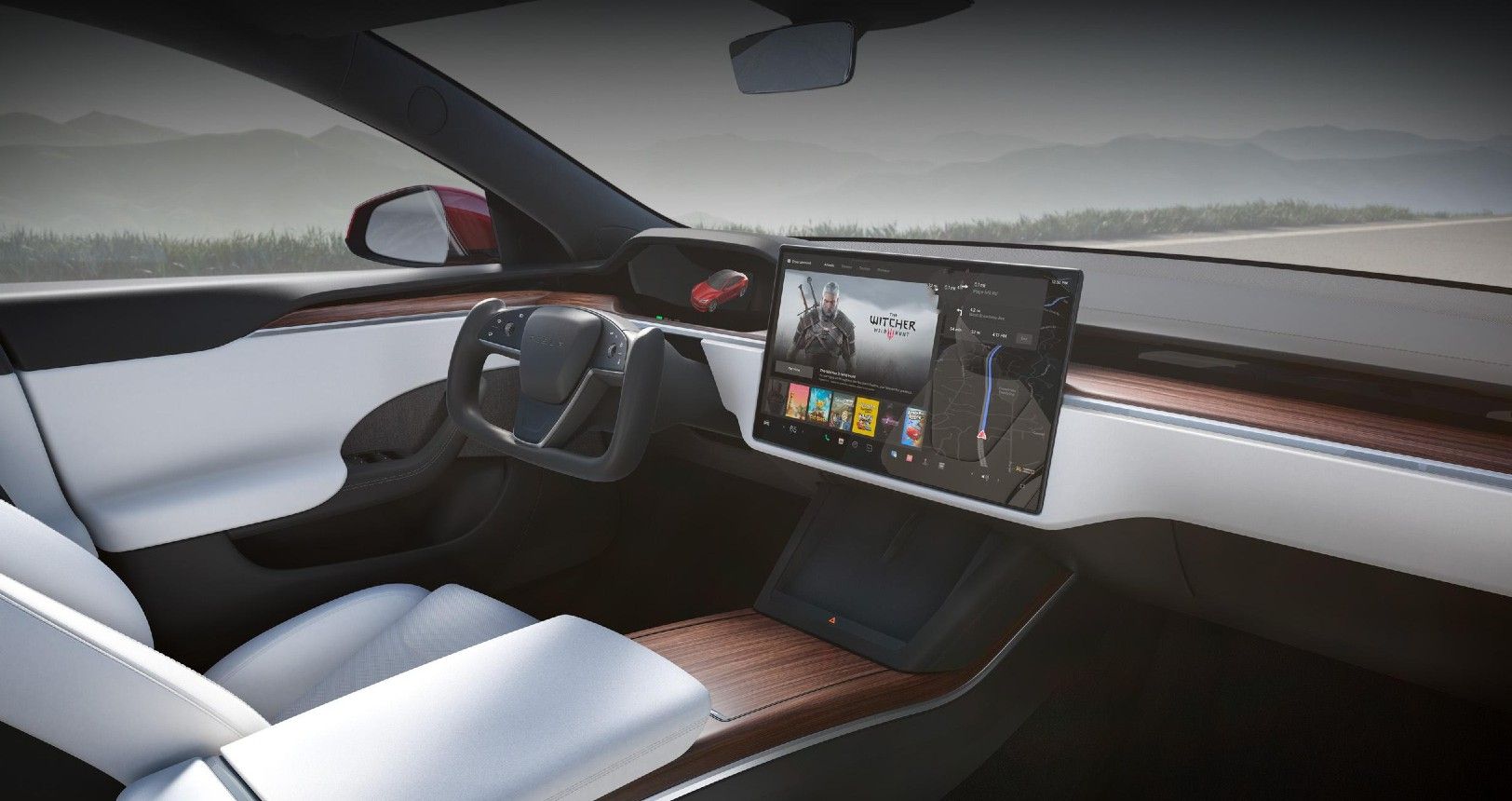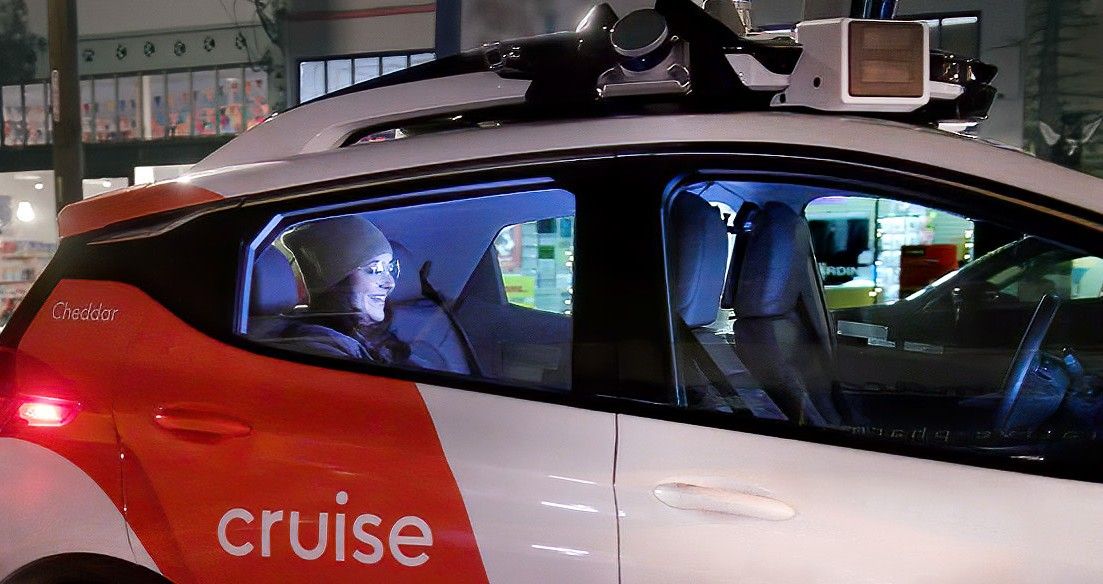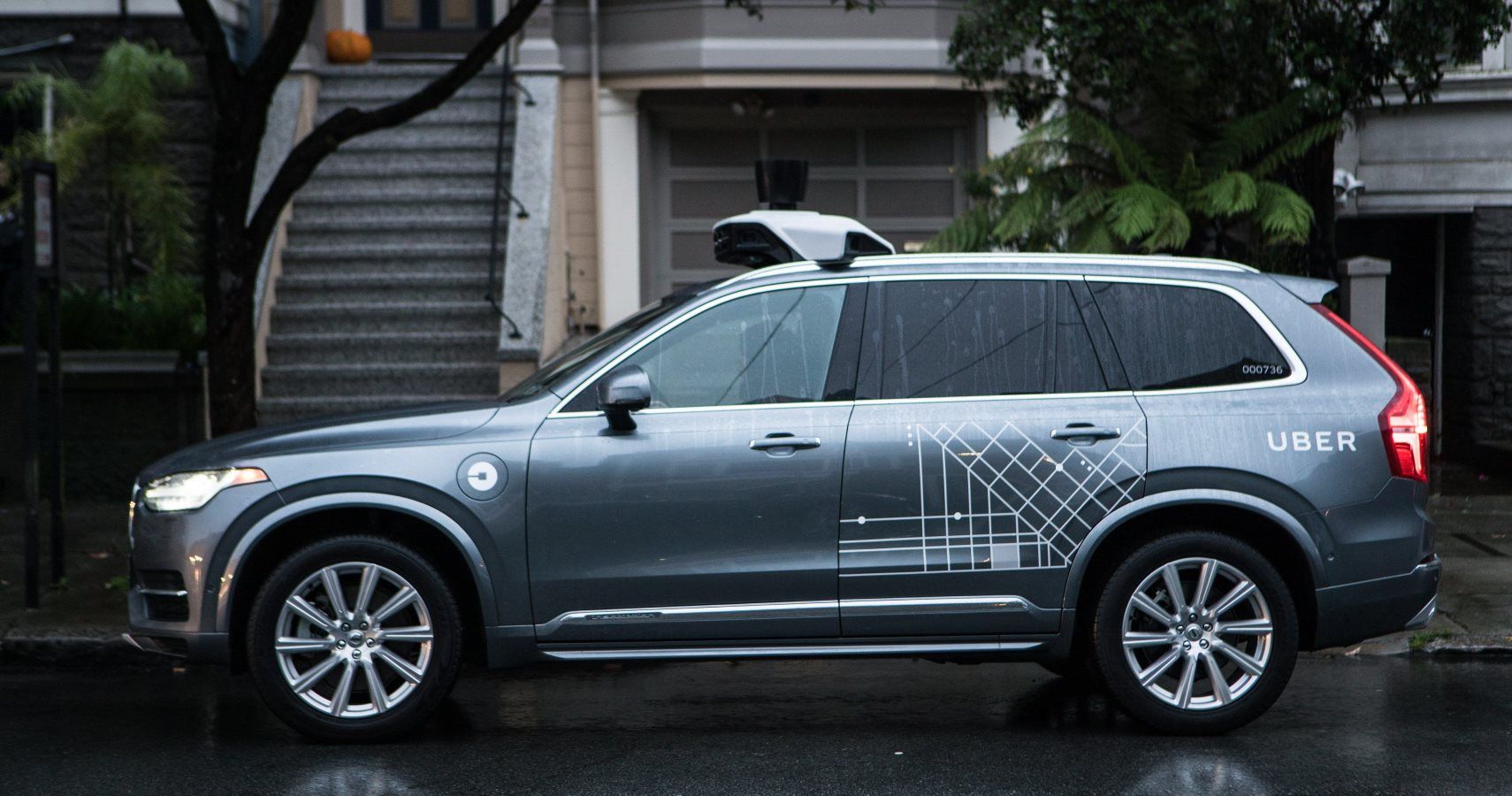While fully autonomous, self-driving cars are still far from taking over the roads in 2023, their popularity is steadily rising. Many cars that require a driver have a great number of features that ease the task of the driver: such as self-parking and lane detection (there are many levels of automation, which is explained in this article.) Various companies, including Tesla, General Motors, and even Apple are making research in this field, or have already produced autonomous cars of various automation degrees. What does the law currently say about the use, insurance, and presence of operators in these vehicles?
Usage Of Autonomous Vehicles - Which US States Allow Autonomous Driving On Public Roads
Most states have published laws in regard to the regulation of autonomous vehicles - since their number is increasing. Certain states enable the deployment of autonomous vehicles only for commercial purposes. These states include Alabama, Arkansas, and Louisiana. Michigan is an exception in that it allows testing of any automated vehicle, while it allows for deployment only in the case of "on-demand automated motor vehicle networks", where most states will allow only one or the other.
States that allow the deployment of autonomous vehicles outside commercial use are Arizona, California, Colorado, Florida, Georgia, Iowa, Kansas, Nebraska, Nevada, New Hampshire, North Carolina, North Dakota, Oklahoma, Pennsylvania (effective from 07/01/23), Tennessee, Texas, Utah, and West Virginia.
States that allow only testing of autonomous vehicles include Connecticut, District of Columbia, Hawaii, Illinois, Maine, Massachusetts, New Mexico, New York, Ohio, Vermont, Virginia, and Washington.
As of January 2023, a total of 34 states have published legislation on autonomous vehicles. However, not all state laws address whether there has to be a vehicle operator inside non-fully autonomous cars, whether they have to be licensed, and whether the vehicle needs liability insurance.
Level 0-5: What Are The Different Levels Autonomous Cars
SAE International defines six levels of vehicle automation, from Level 0 to Level 5. Levels 0-2 are generally considered non-autonomous, while Levels 4 and 5 cars are fully autonomous.
A Level 0 vehicle is a completely non-autonomous one. It may include features that provide momentary assistance and warnings, but cannot drive autonomously. Such features are for example emergency braking, lane departure, and blind spot warning systems. Controlling the pedals and the steering wheel is fully the driver's duty.
A Level 1 vehicle has a form of lane centering or adaptive cruise control. These two features can help out with the steering and the pedals, but again, these are only "driver support" features and don't make the vehicle self-driving.
Level 2 cars are equipped with both lane centering and adaptive cruise control.
Level 3 vehicles are where it gets interesting- when the automated features are on, you don't have to drive, even if seated in the driver's seat. A Level 3™ car requires operation sometimes, as it is not self-driving in all conditions. An example feature of this level is traffic jam assistance.
A Level 4 vehicle is already on the automation level where pedals and/or the steering wheel may not be installed. This level of automation doesn't require you to drive at all.
Level 5, the highest defined level of automation, represents fully self-driving cars. The difference between the last two levels is that a Level 5 car can drive anywhere and in any condition without having to be controlled by a human.
What The US State Laws Think About Vehicle Automation Levels
The legislation of different states treat vehicles of different automation levels under separate conditions.
For example, in Arizona, where the deployment of automated vehicles is allowed, a vehicle with a Level 3 or lower of the SAE Levels of Driving Automation requires a human driver with an appropriate license. A car on Level 4 or 5 of the SAE Levels of Driving Automation doesn't require a human inside it, because it doesn't require a human to take over driving at any moment.
In other US states, such as Florida, Georgia, or North Dakota, Levels 4 and 5 are considered fully autonomous and don't require a licensed human driver.
Liability insurance is not always necessary in states deploying autonomous cars, like Colorado. However, most states do require liability insurance, sometimes equal to the minimum insurance in that state (Arkansas, Georgia, New Hampshire), even if the vehicles are only allowed for testing (Massachusetts.) Mandatory liability insurance values of one, two, or five million dollars for autonomous cars are common in different states, while some, like Hawaii, didn't address this issue.
As autonomous vehicles gain popularity, broadened and better-defined laws will surely take place in the US. For now, most fully-autonomous vehicles are limited to short-distance taxi rides, but we might see this change in the distant future.




